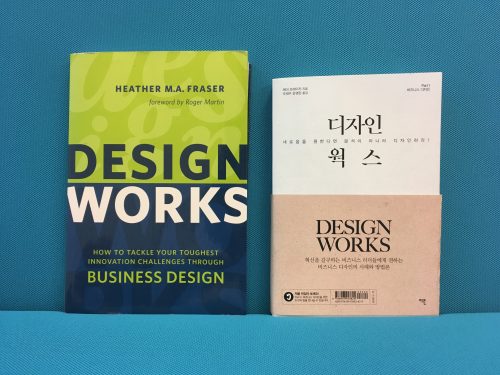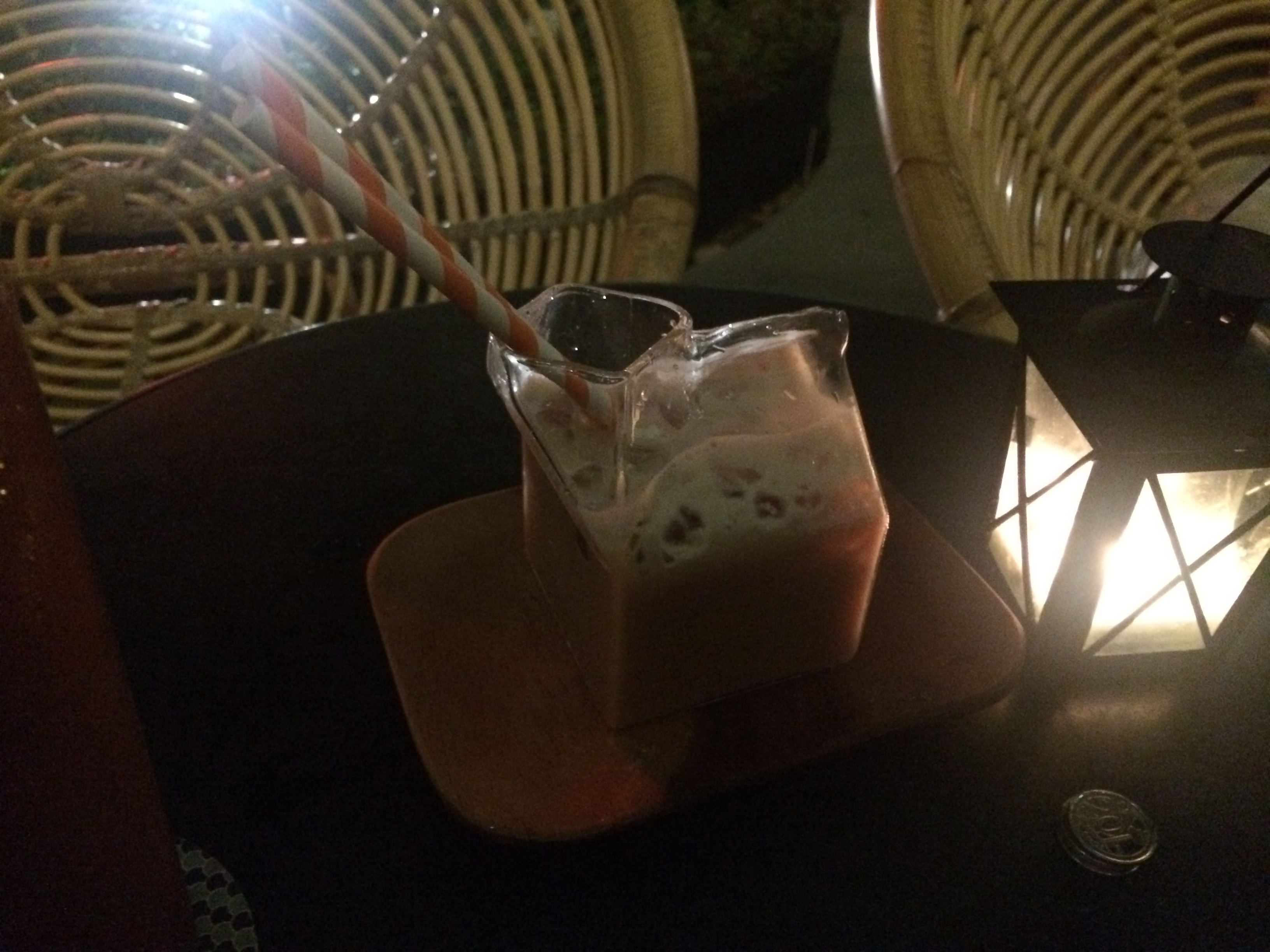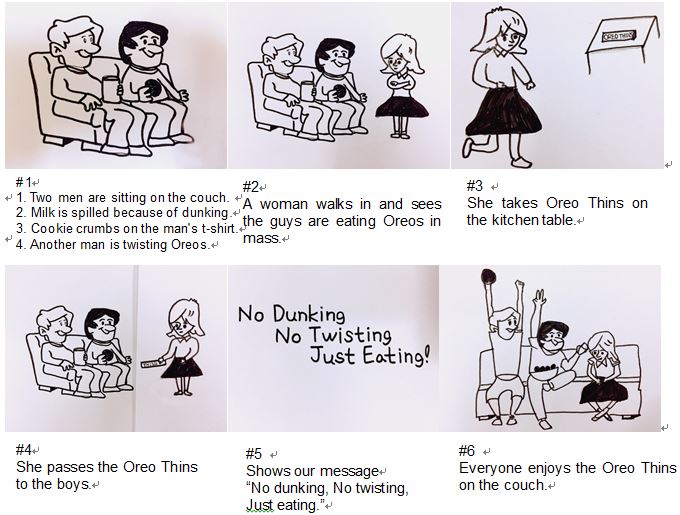Heather Fraser published “Design works: how to tackle your toughest innovation challenges through business design” five years ago. It demonstrates how organizations can drive innovation and growth through Business Design – a discipline that integrates design-inspired methods and mindsets into business development and planning. Roger Martin said in his forward that “This book tells the story of the 3 Gears of Business Design, simply and practically. Its goal is to provide an easy-to-use guide for organizations that are eager to harness the power of Business Design.” The Korean version of the Design works is published in Korea.

Author: Heather M. F. Fraser / A seasoned business strategist, brand-marketing expert, and longtime entrepreneur and educator, Heather is a global thought leader in Business Design. Heather co-founded Rotman DesignWorks with Roger Martin in 2005 and served as Executive Director of DesignWorks through 2012. She has cultivated Business Design as a discipline, delivered student curriculum, and led innovation programs for over 3000 executives. She advises leading organizations on how to advance their business through innovation, including teams from Procter & Gamble, Nestle, Pfizer, General Electric, Target, and VF Corporation.
Translator: Jaewoo Joo / Jaewoo Joo is an Assistant Professor of Marketing in the College of Business Administration and a Participating Professor of Experience Design in the Graduate school of Techno Design, both at Kookmin University. He earned his Ph.D. in Marketing from the Rotman School of Management, University of Toronto. Jaewoo writes and teaches about Design Marketing and New Product Development (NPD) through the lens of the Psychology of Judgment and Decision Making (JDM).
Translator: Ran Yoon / Ran Yoon is a product planner and marketer at SK Telecom, the leading service carrier company in Korea, and collaborates with a wide variety of planners, developers, and designers. Previously, she worked as a planner and marketer at Samsung Electronics Canada.

Please click here for more detailed information about the Korean-version Design Works.

























